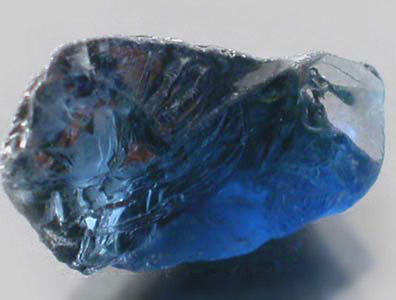
At the time, corundum was used as an abrasive, to cut and polish steel, as a hardener in the making of steel wheels for locomotives and train cars, and finally for grinding optical lenses.

In 1876, a girl named Annie and her father Henry Robillard discovered a mass deposit of corundum in a mountainous area.


Ruby and sapphire, two varieties of corundum are among the oldest known gems to man, dating back many thousands of years. Some corundum even owes its colour to irradiation, or the elements vanadium, cobalt or nickel. Small amounts of metallic elements such as Cr, Fe and Ti can substitute for aluminum in the structure, which gives rise to many colour variations. Pure corundum is rare in nature, and is completely colourless. Furthermore, it can be found in the contact zone between igneous rocks and limestone’s.Ĭorundum has the chemical formula Al 2O 3.

Corundum can occur as an accessory mineral in metamorphic rocks, derived from aluminous or carbonate sediments such as crystalline limestone and marbles, mica schist’s and gneisses. It often appears in light-coloured igneous rocks such as desilicated pegmatites, syenites and Nepheline syenites. Generally, these settings are aluminum rich and silica poor. Formation:Ĭorundum forms in a variety of geological settings. The name corundum was first derived either from the Sanskrit word Kuirvinda or from the Indian name for corundum, Kauruntoka. It is unaffected by acids and most environments. For all practical purposes, it is the hardest mineral, second only to diamond. Corundum is a very hard, tough and stable mineral.


 0 kommentar(er)
0 kommentar(er)
